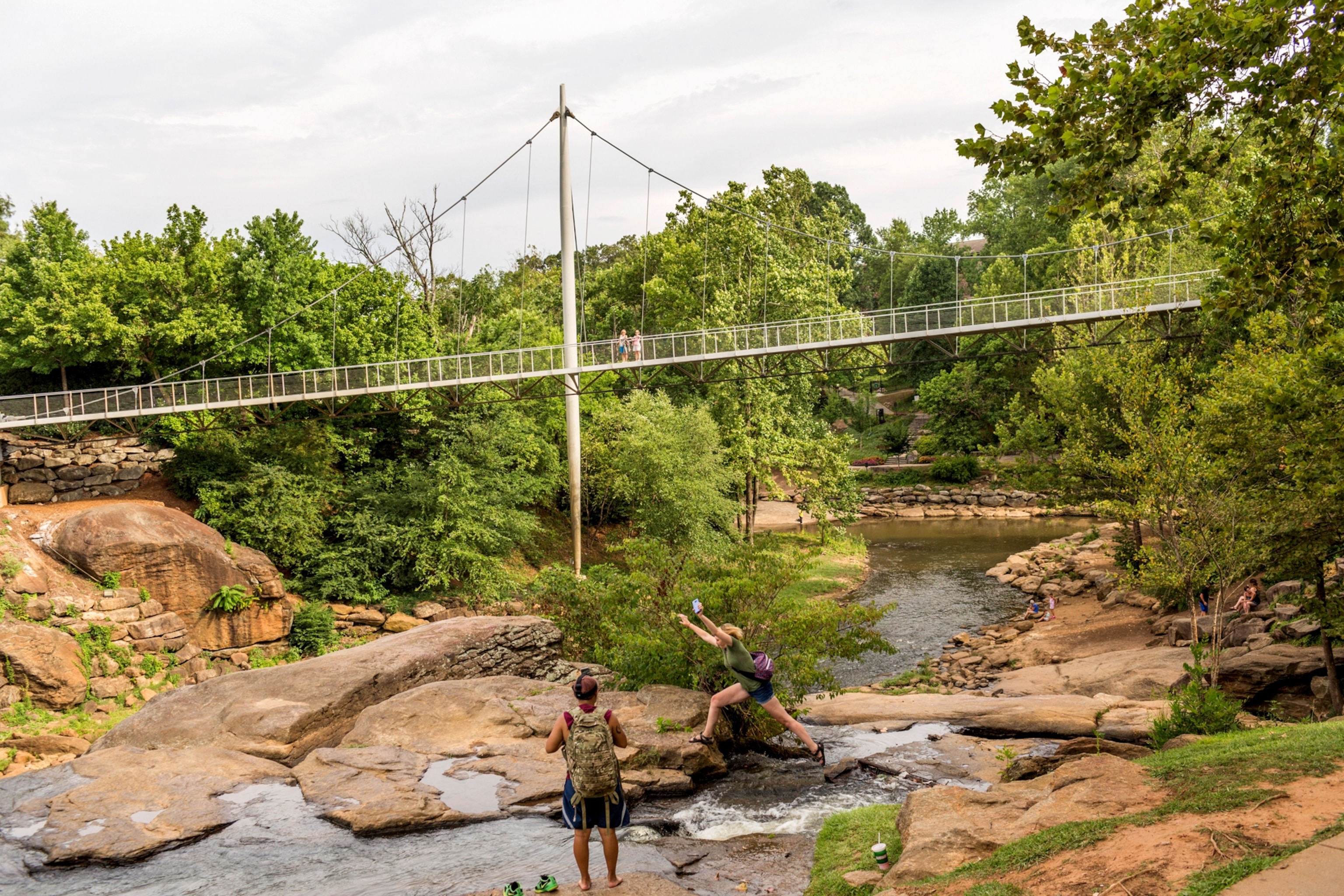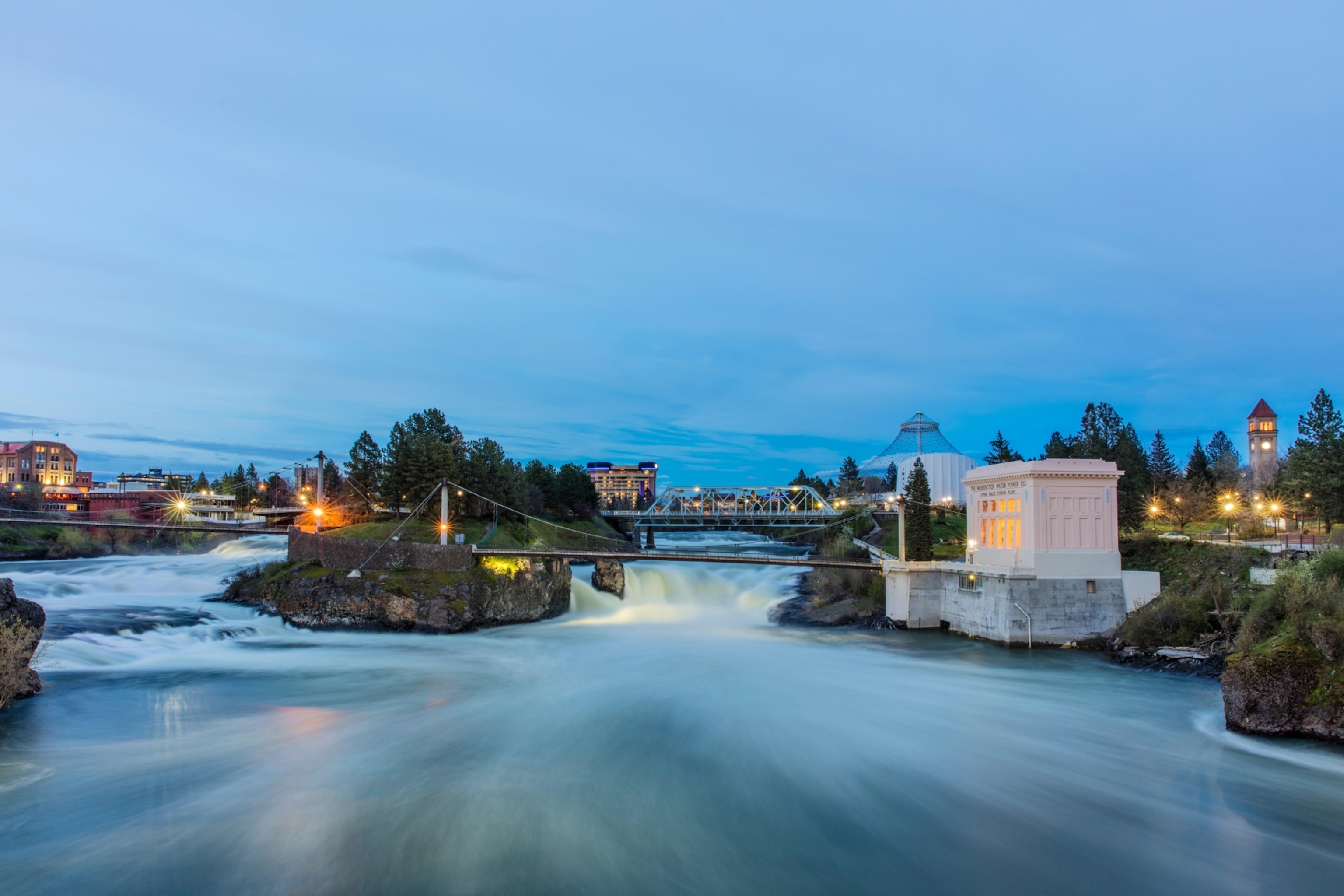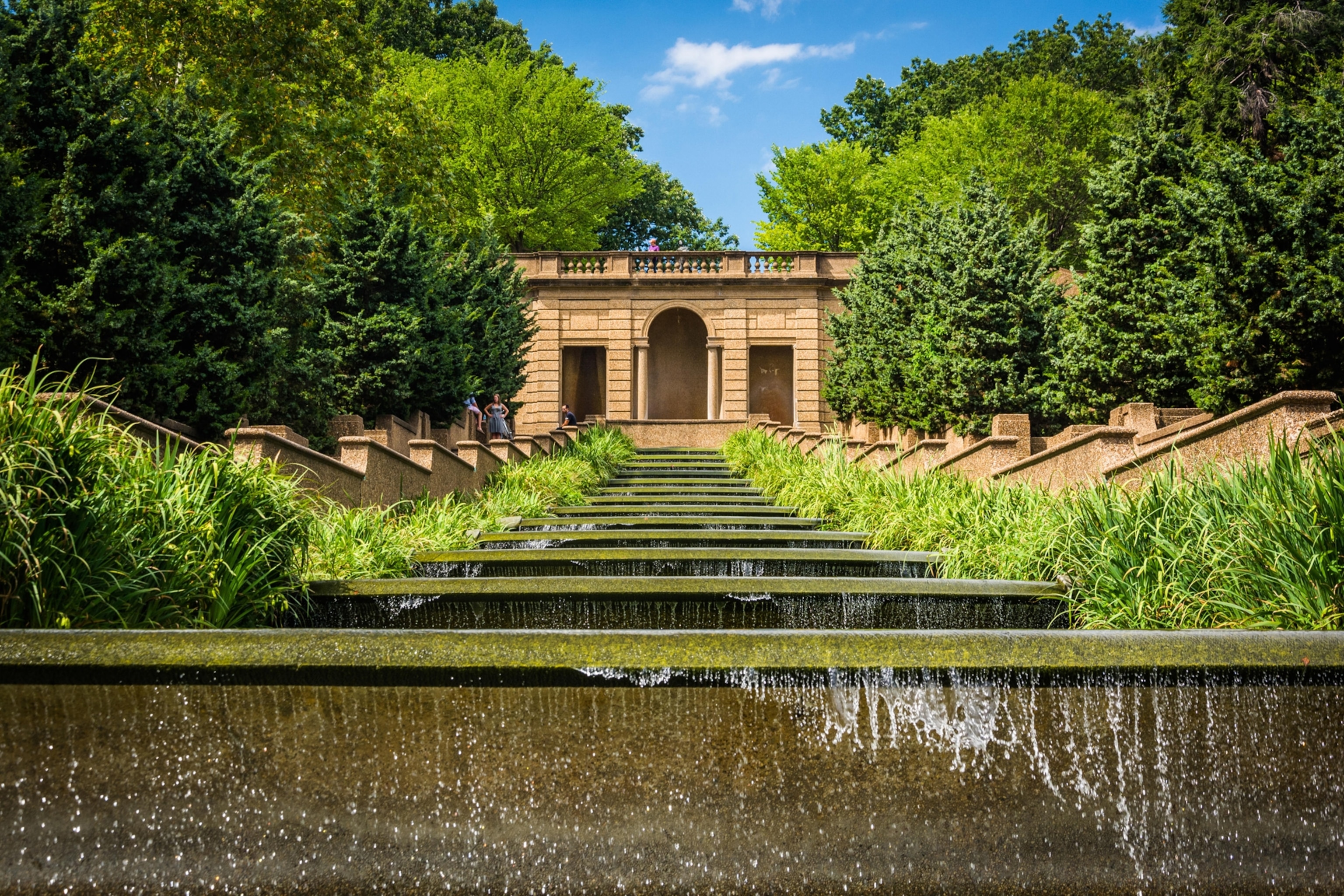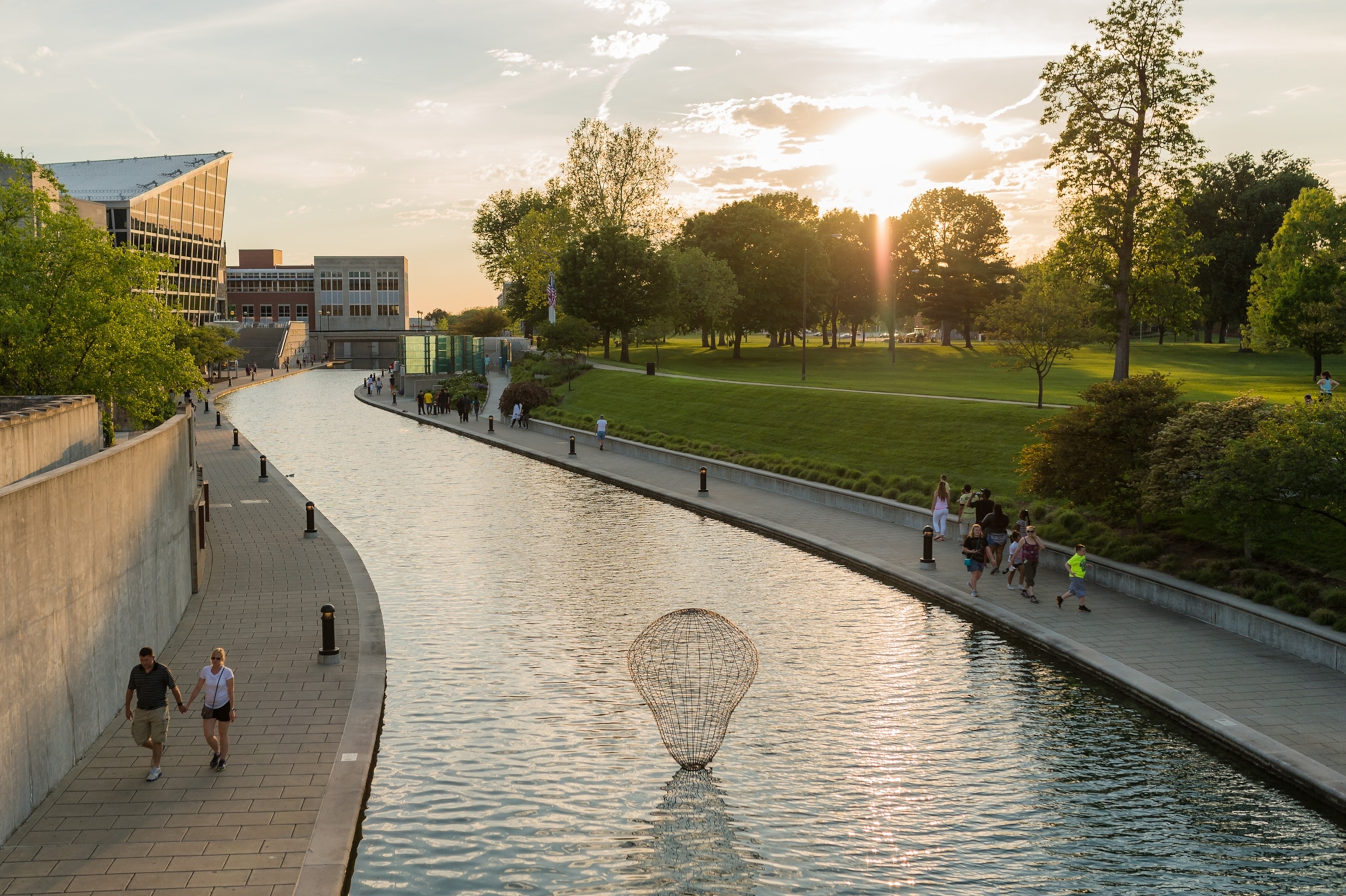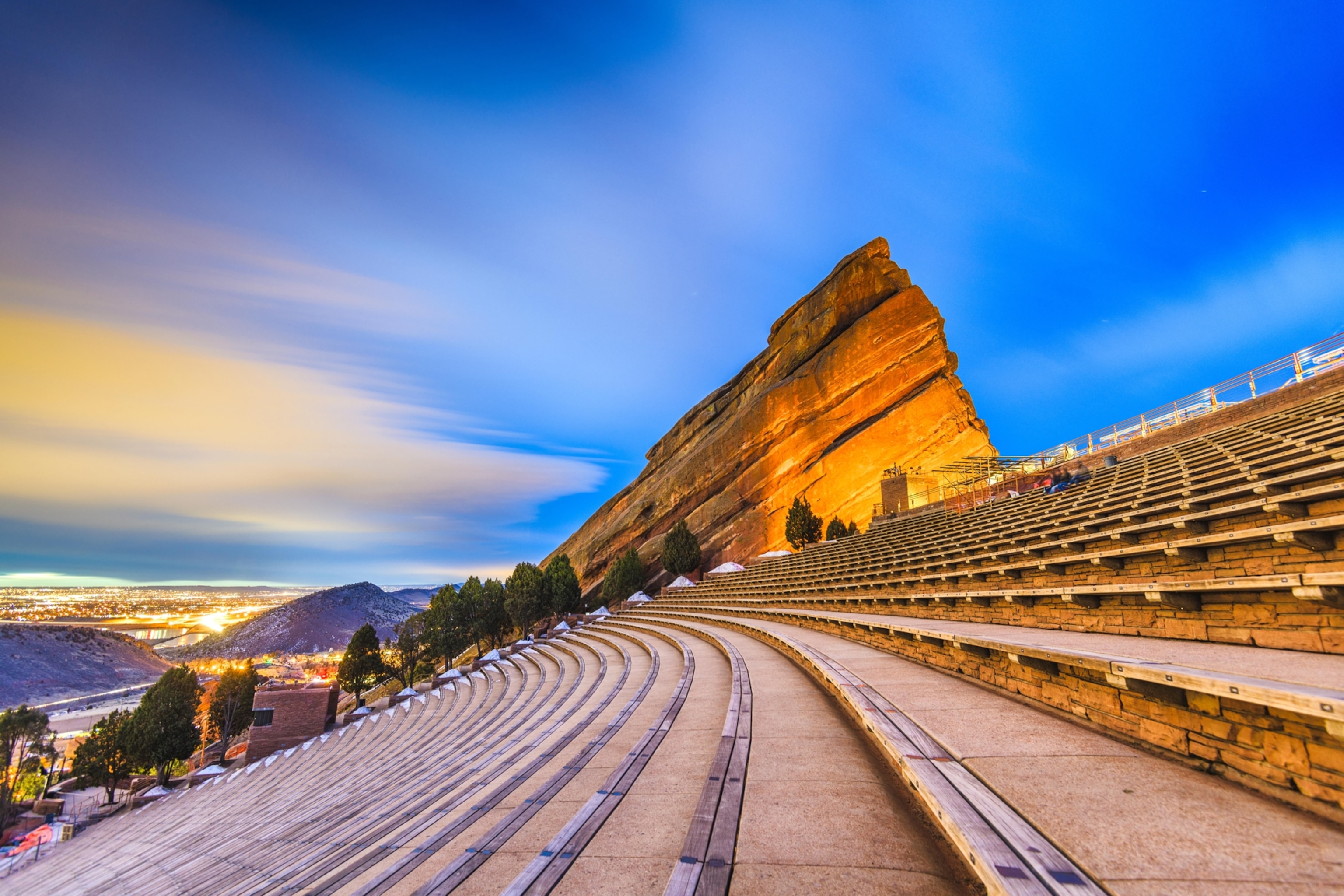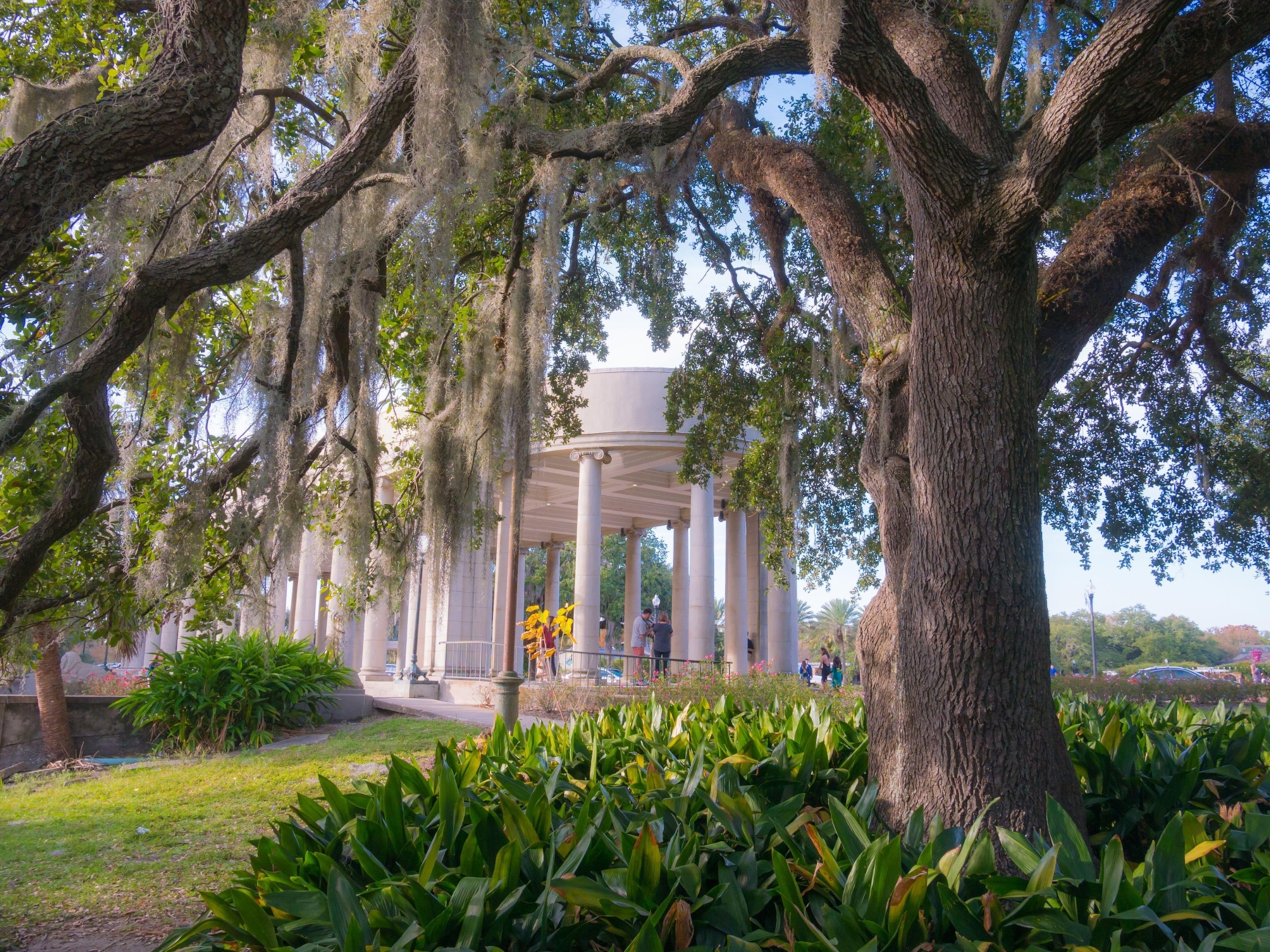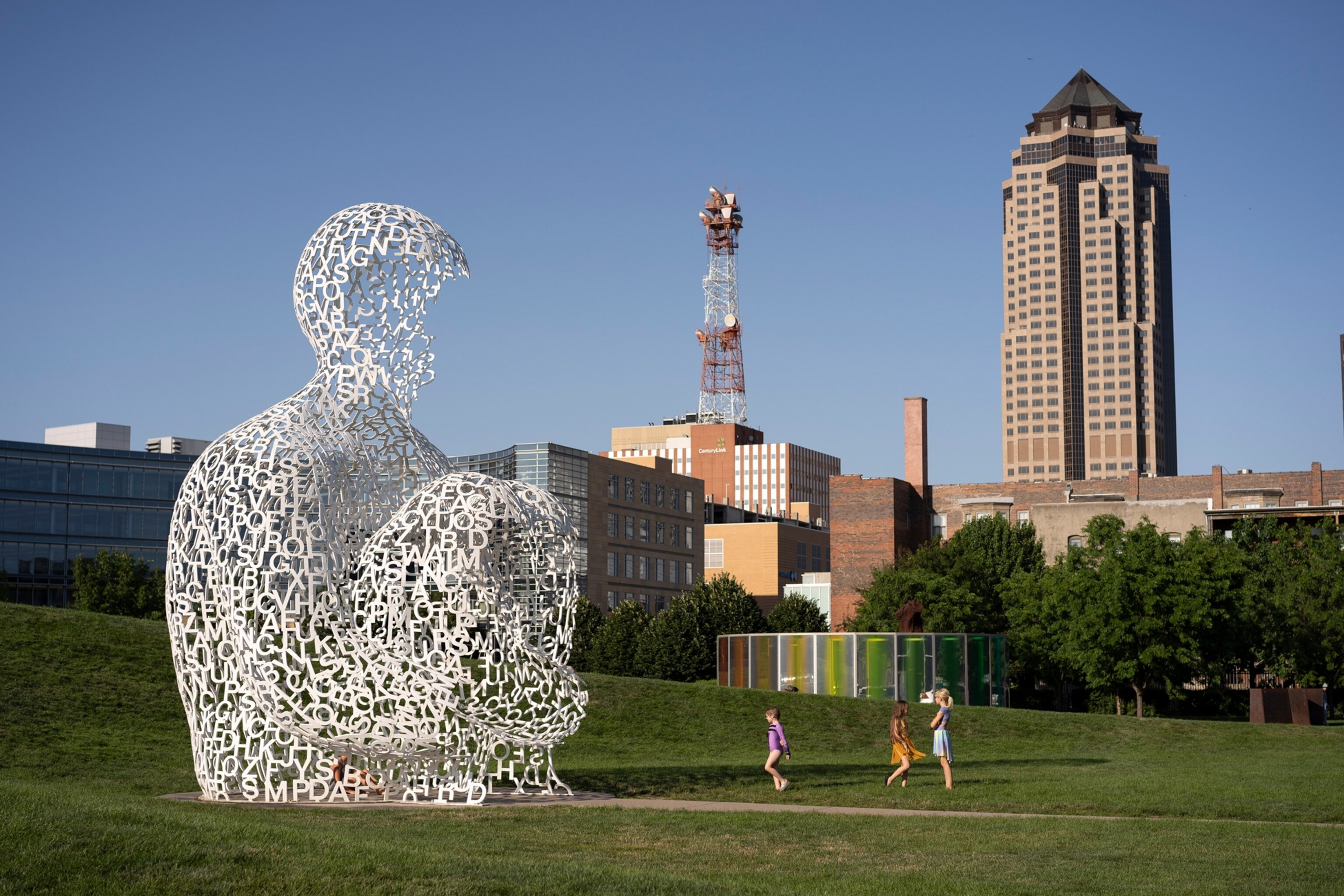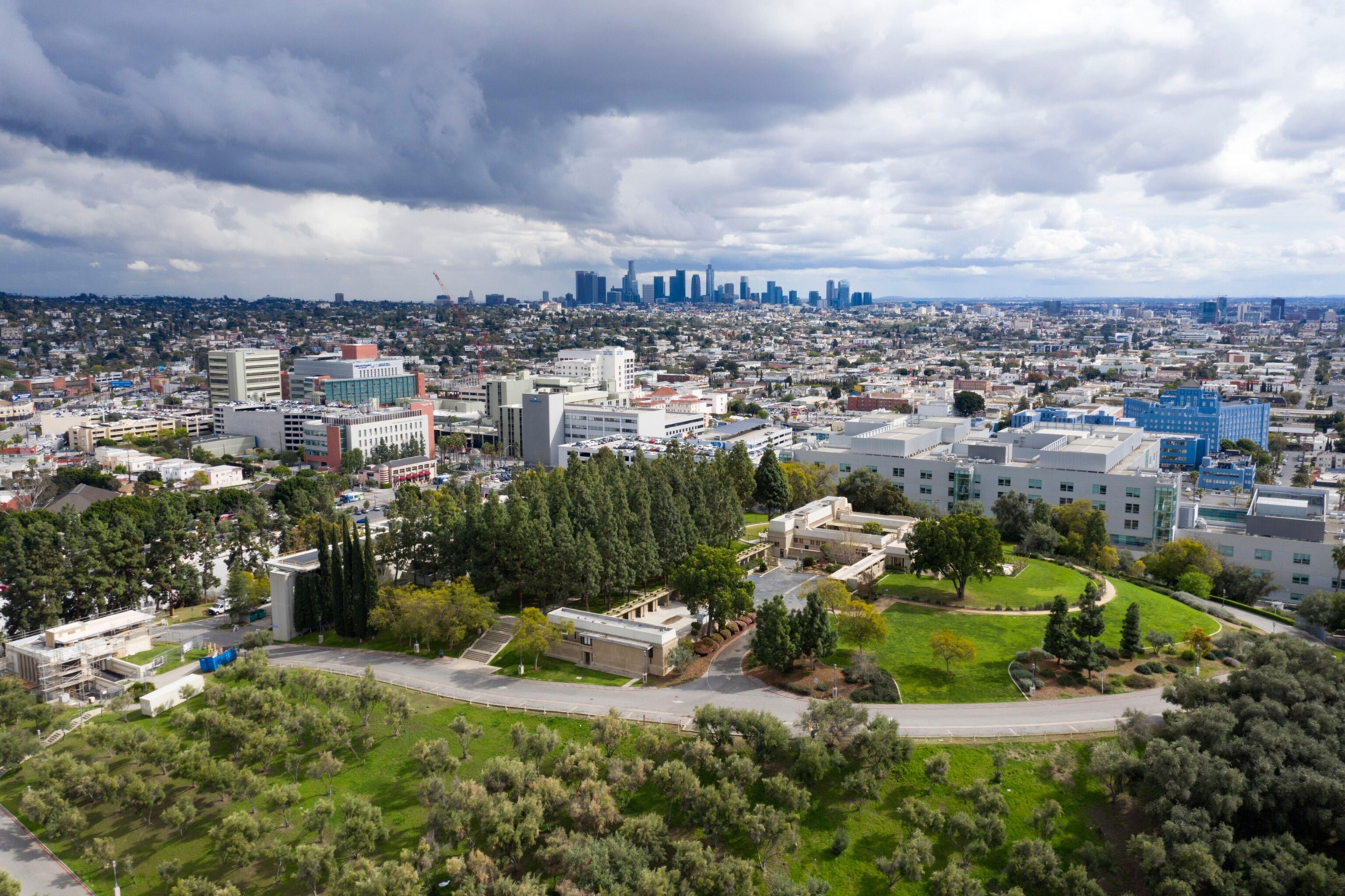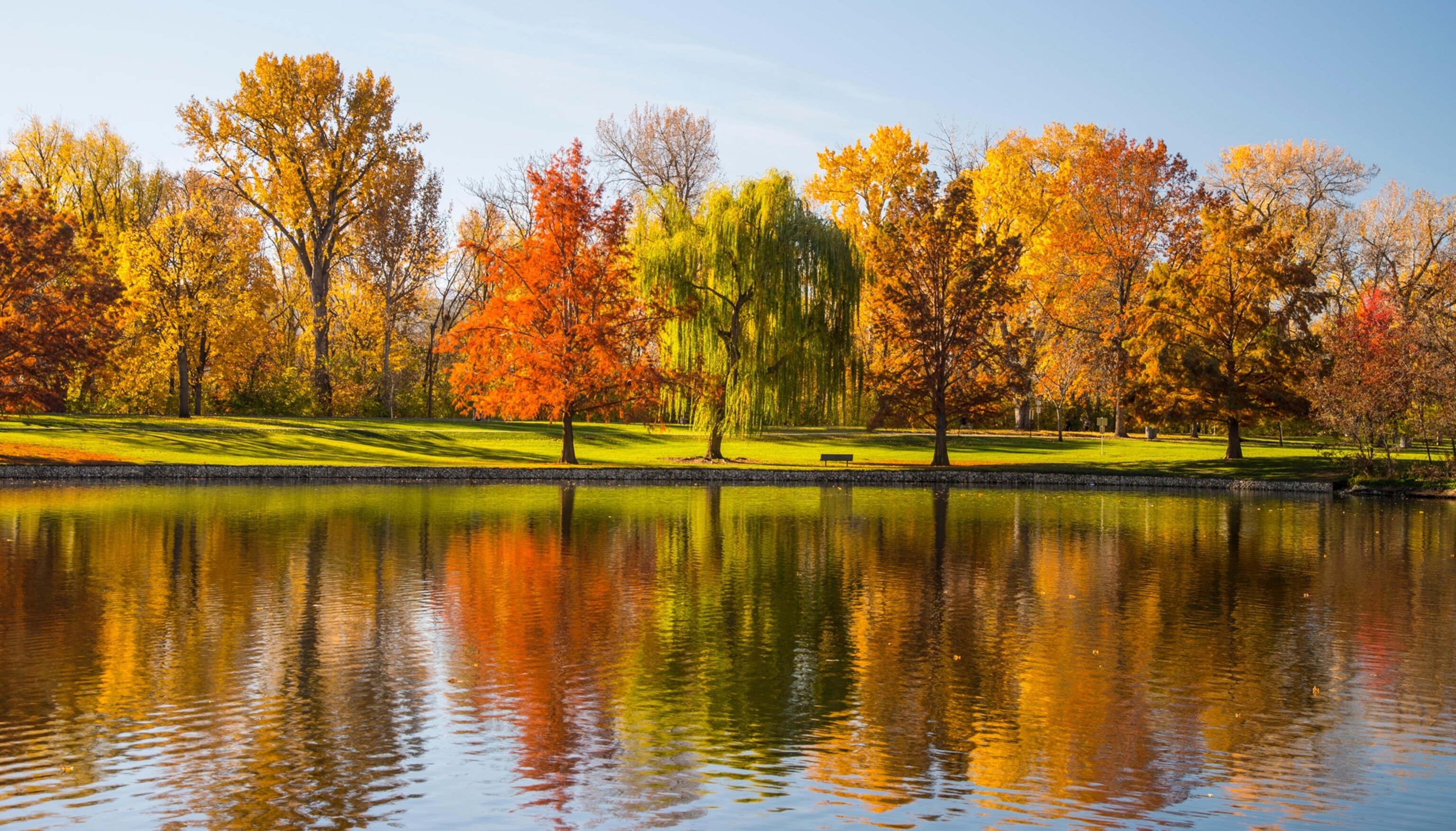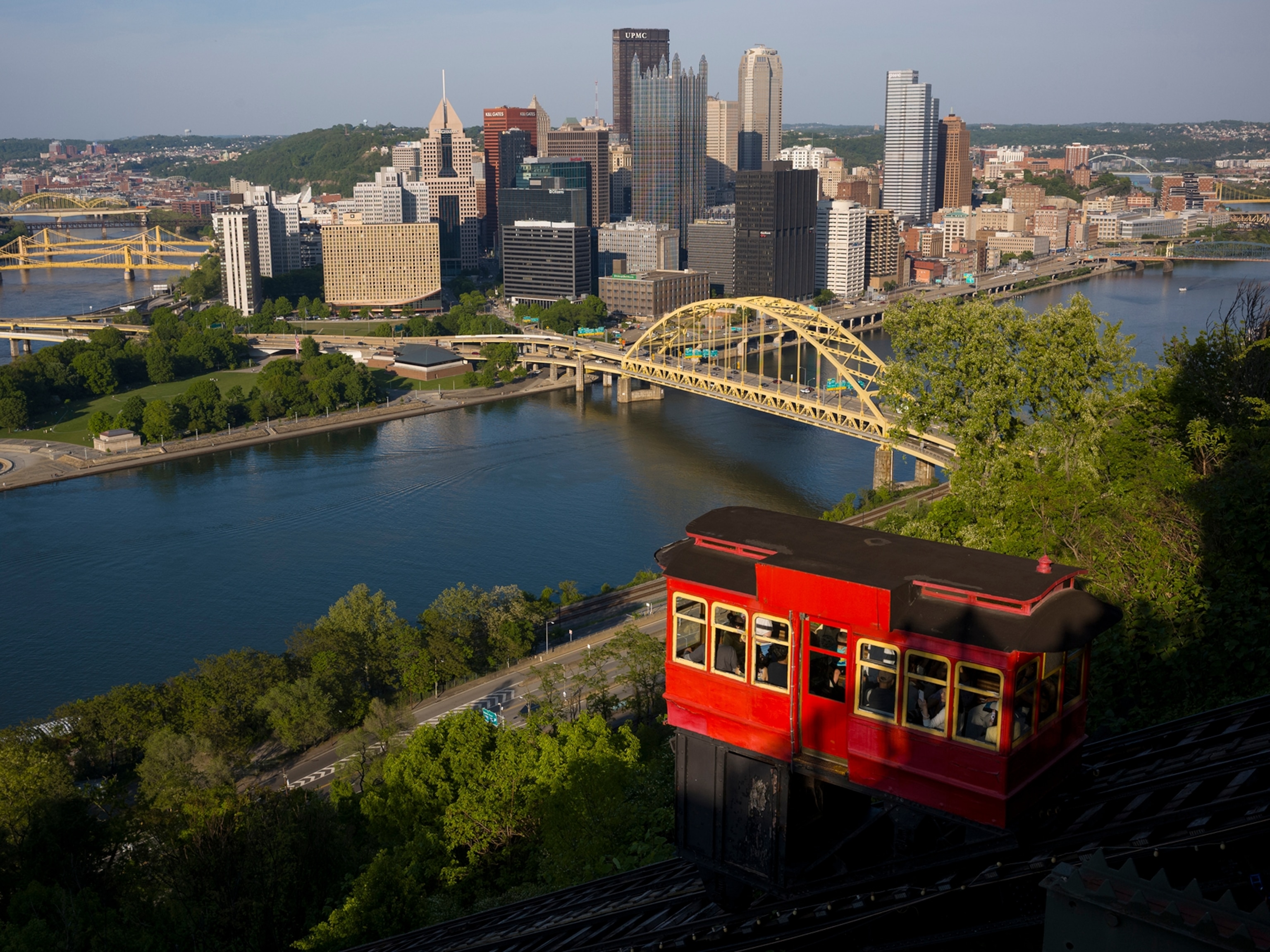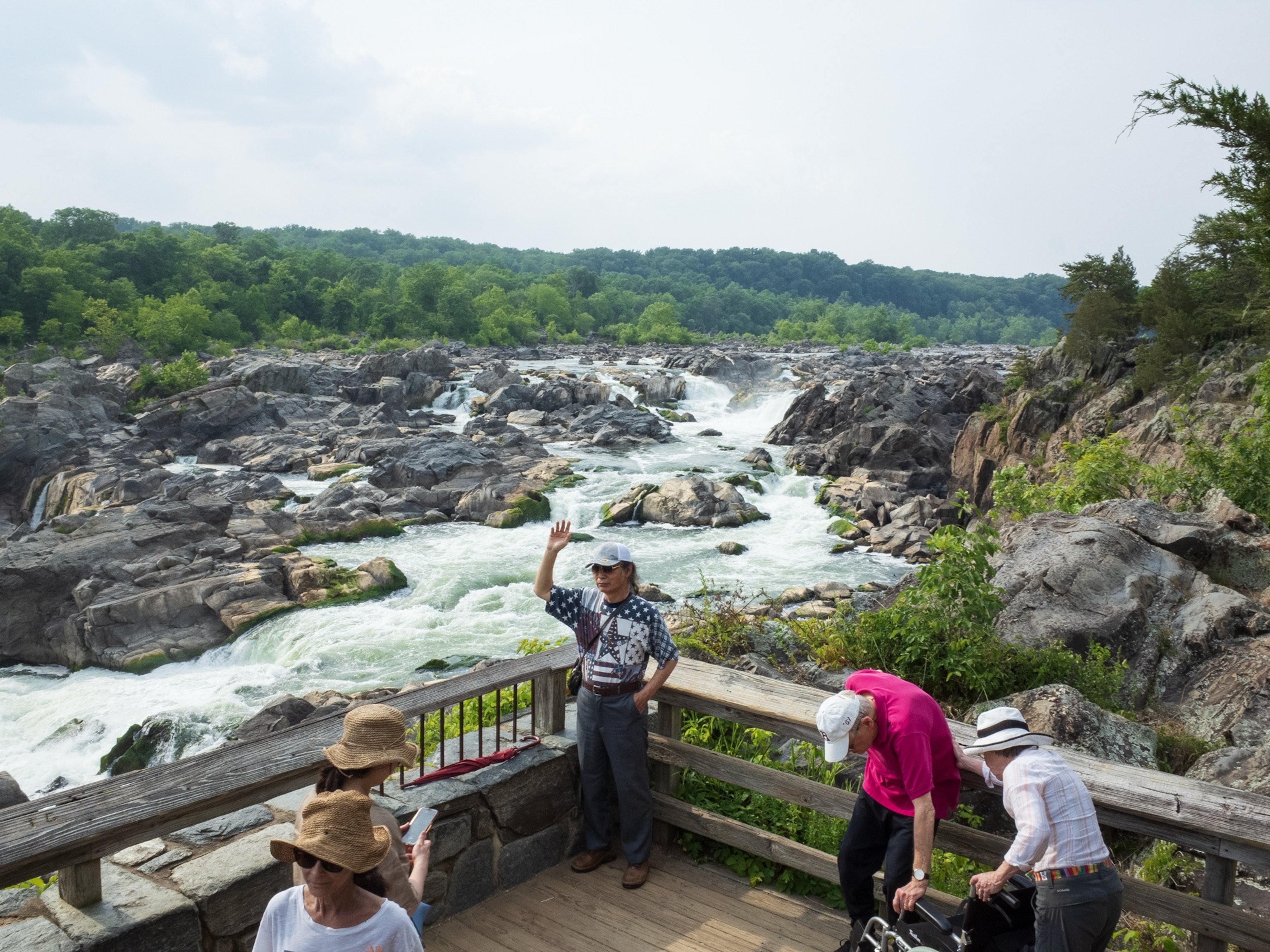These are some of America’s most beautiful urban parks
See the nation’s geographical diversity, history, and grandeur—without leaving the city.
With travel restrictions, quarantines, and social-distancing rules dragging us through another season, the pull to escape is stronger than ever. Federal public lands just got a big boost from the passing of the Great American Outdoors Act, signed into law August 4, 2020. It will pump $9.5 billion dollars into repairs and maintenance of national parks, forests, wildlife refuges, and recreation areas.
There’s good news for urban areas, too. As part of the law, the Land and Water Conservation Fund will receive resources it can invest into communities that lack access to parks. An estimated 100 million people don’t have a park within a 10-minute walk of their homes, says Diane Regas, president and CEO of the Trust for Public Land. “Great parks help us live longer, healthier, and happier lives and are essential components of resilient, thriving cities.”
(Related: See these stunning urban parks transformed from industrial ruins.)
Whether run by the local, state, or federal government, easily accessible open spaces are key, especially now. “City parks have never been more important to relieve stress and anxiety, improve our physical health, and connect with nature and each other,” says Regas.
The pandemic is a problem and natural areas are part of the solution. Outdoor activity and fresh air contribute to physical and emotional health, but the CDC recommends sticking close to home, as traveling long distances may contribute to the spread of COVID-19. Here are a few of our favorite urban oases across the country.

